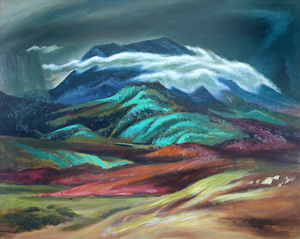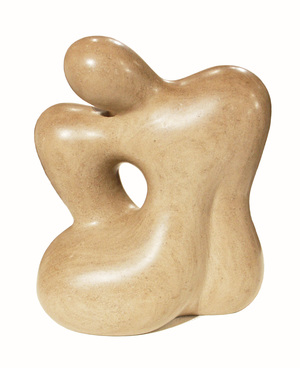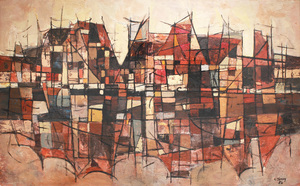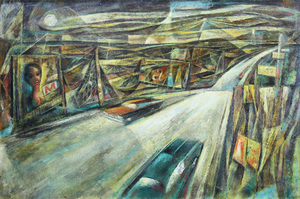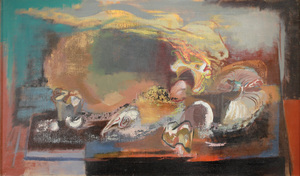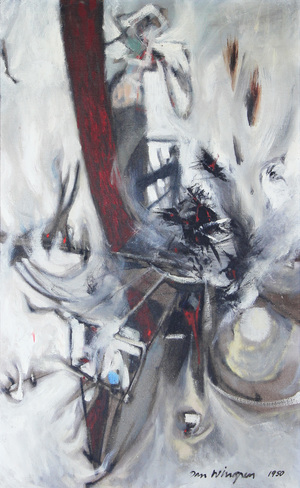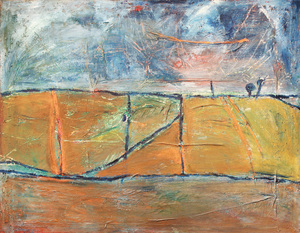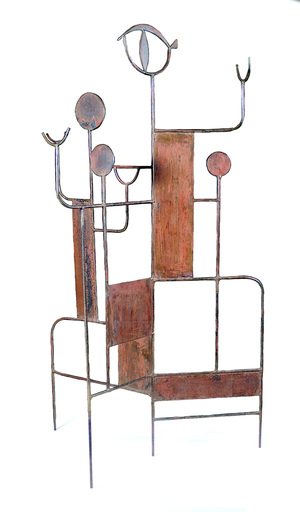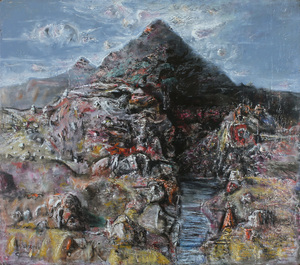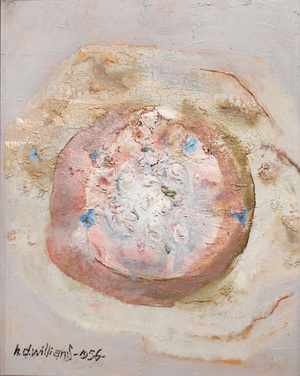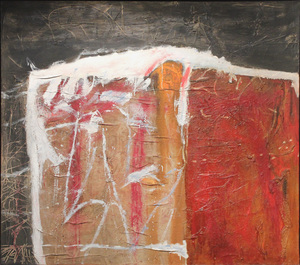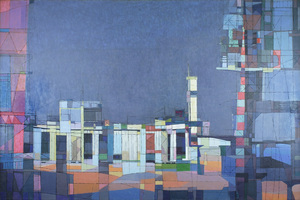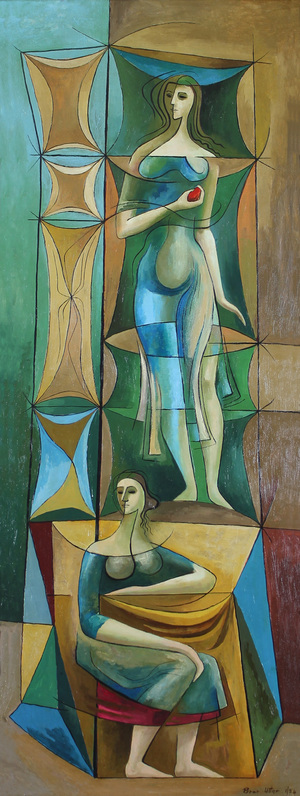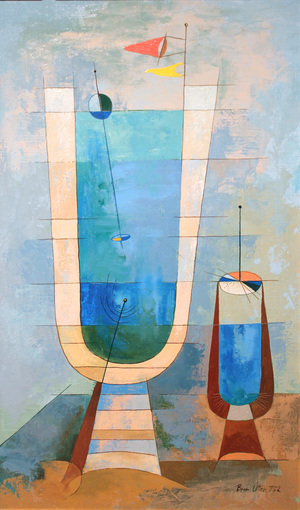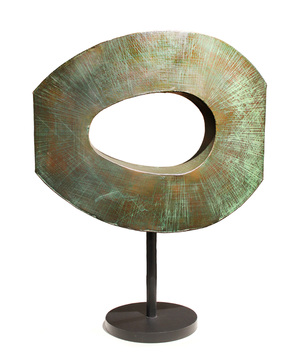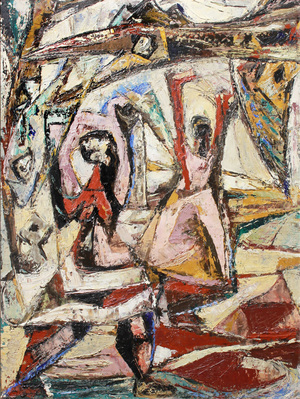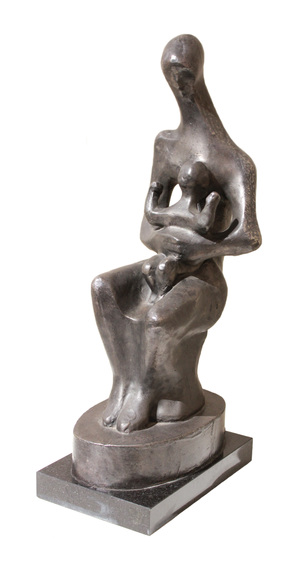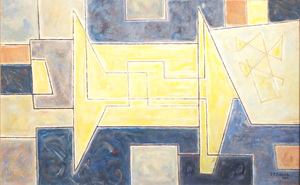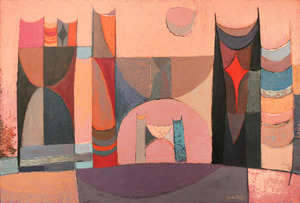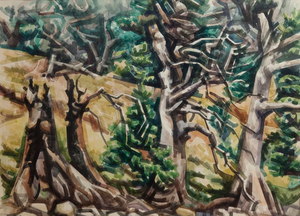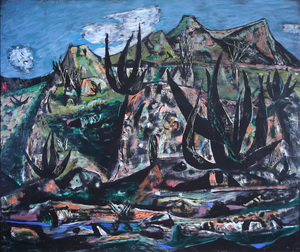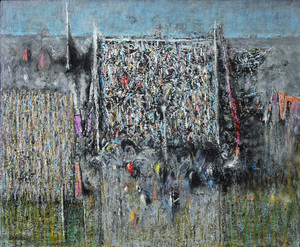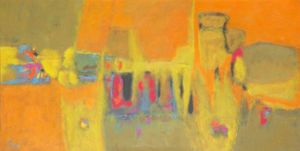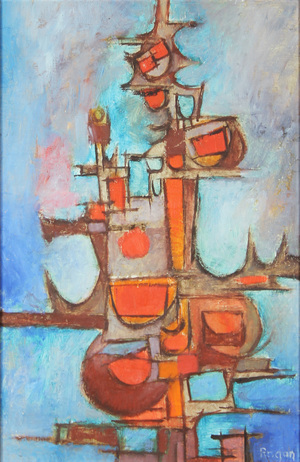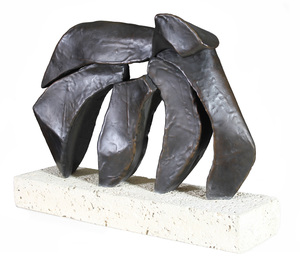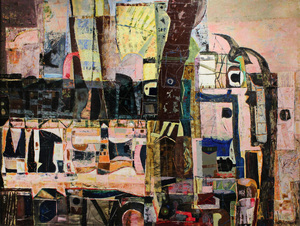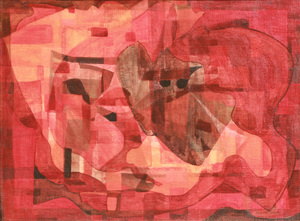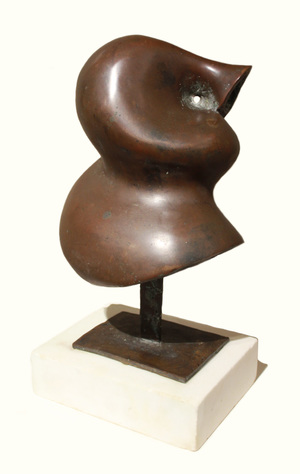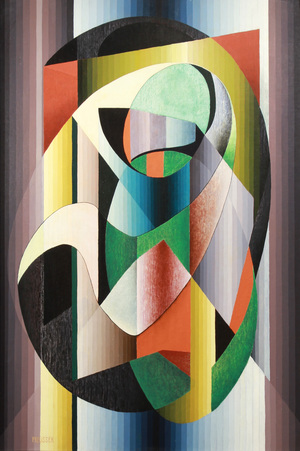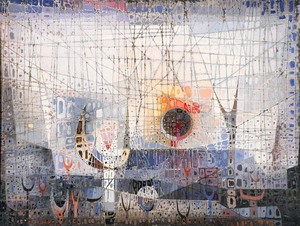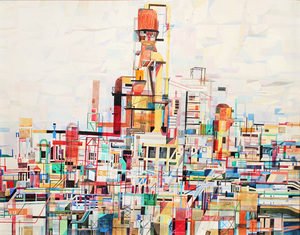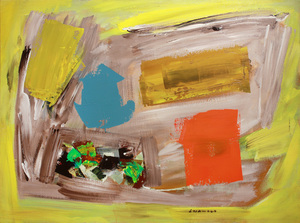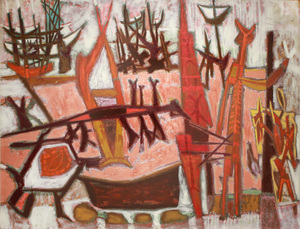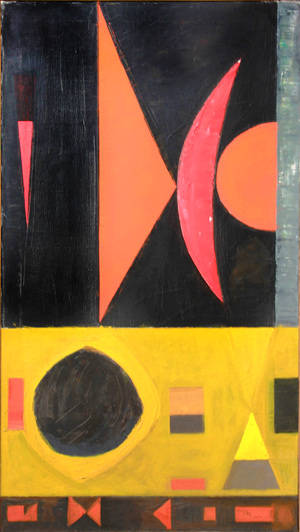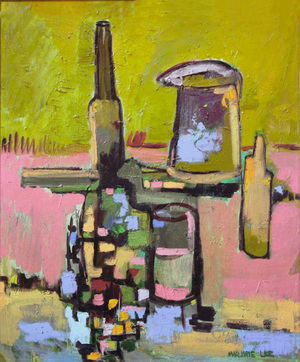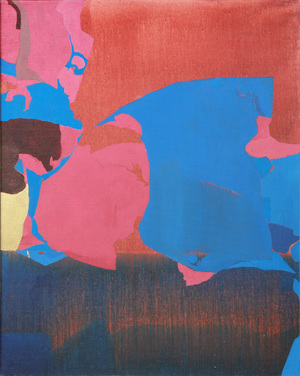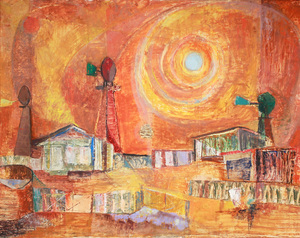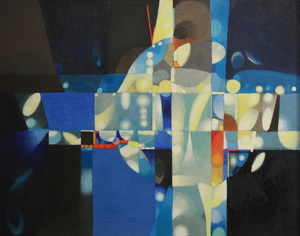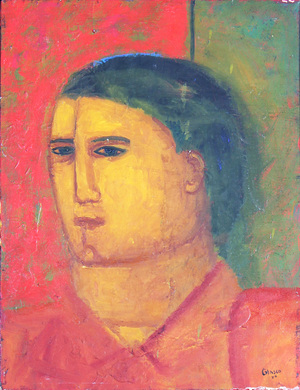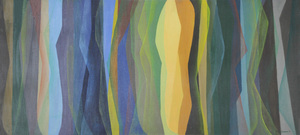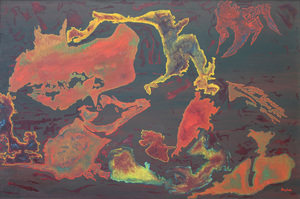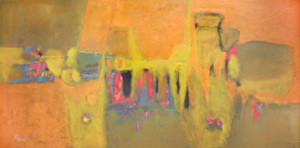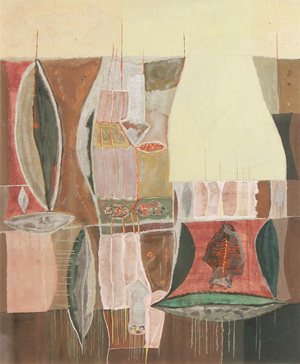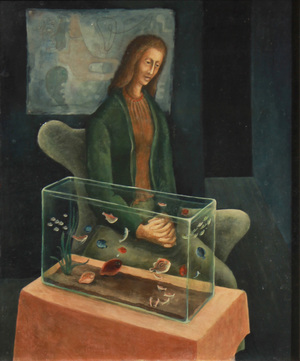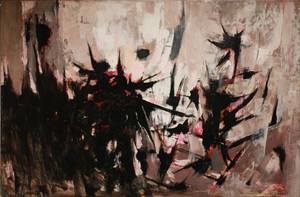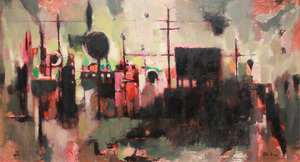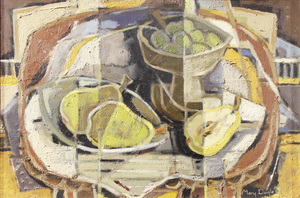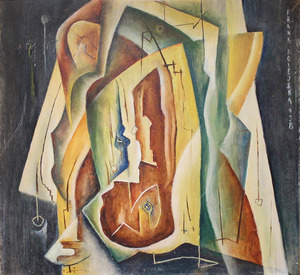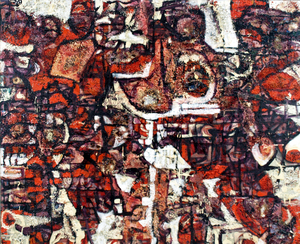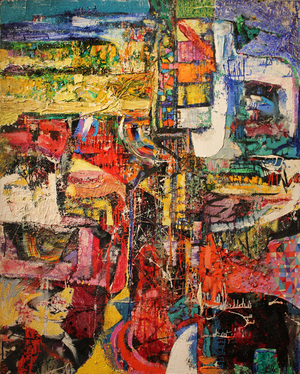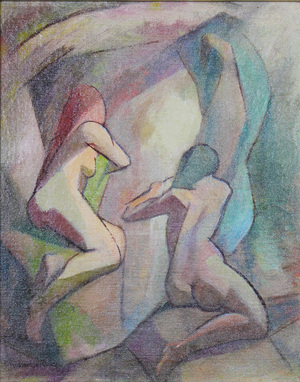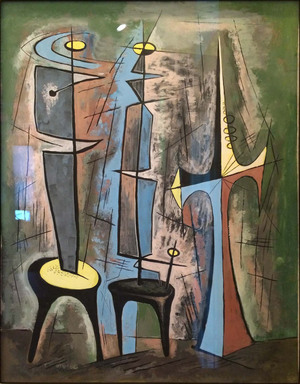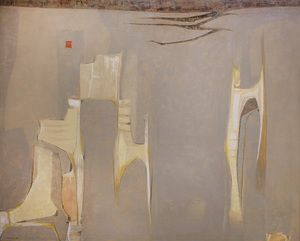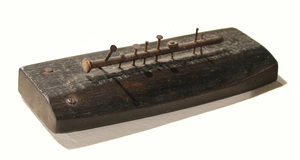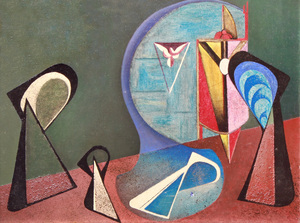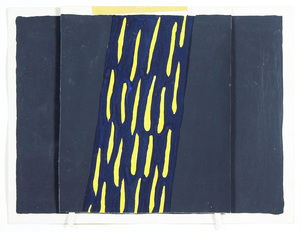The Abstract Impulse
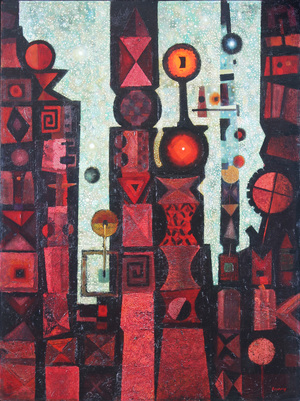
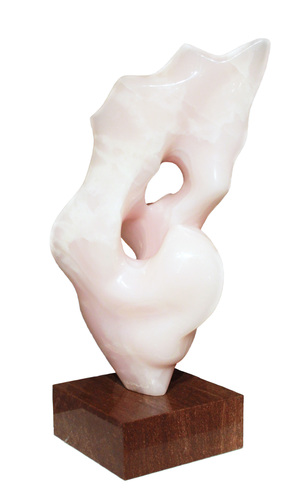
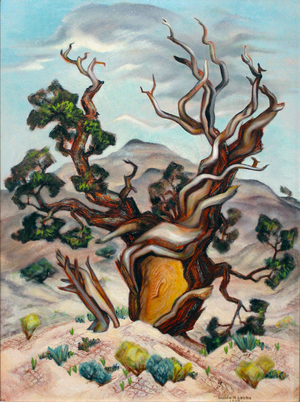
co-curated by Judy Tedford Deaton and Katie Robinson-Edwards
Before Abstract Expressionism of New York City was canonized as American postwar modernism, the United States was filled with localized manifestations of modern art. One such place where considerable modernist activity occurred was Texas, where artists absorbed and interpreted the latest, most radical formal lessons from Mexico, Taos, the East Coast, and Europe. This unique group of paintings demonstrates veracity of The Abstract Impulse across the state during middle years of the twentieth century. The artists loosely classified as Texas Modernists pushed the boundaries and embraced The Abstract Impulse of Modernism.
By the 1930s, European and American Modernism was making slow but steady inroads into Texas through a few well traveled and educated early converts to radical art forms of abstraction. Artists and artwork also came to Texas from throughout the country and abroad. The Museum of Fine Art Houston hosted the traveling survey, the International Exhibition of Abstract Painting and Sculpture bringing art by Piet Mondrian, Ben Nicholson, Barbara Hepworth, Moholy-Nagy and Henry Moore and many other accomplished modern artists to the state. In 1938, Houston native, Robert Preusser pondered how to present modern abstraction to a public accustomed to pictures that resembled “the surface appearance of things.” His efforts won competitive and purchase awards across the state, exhibited in Oklahoma, Missouri, New York, Pennsylvania, Massachusetts and was nominated for Promising New Talent USA in 1956 by American Art Review. Preusser is credited as being one of the earliest successful modernists in the state.
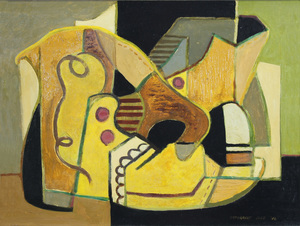
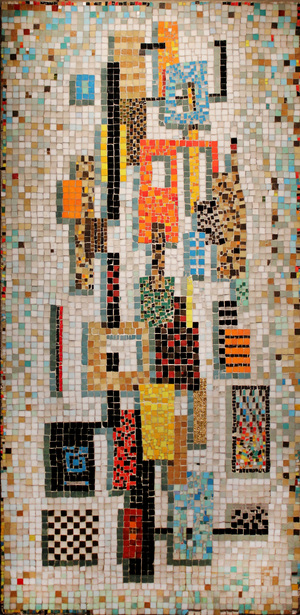
San Antonio native and early Abstract Expressionist, Ben L. Culwell, also grew up in Houston. In 1936, he moved to New York City and studied with radical artist, art critic and modernist proponent, Walter Pach. Pach’s years in Paris aided his selection of artists for the famous 1913 Armory Show credited with introducing European Modernism to the American public. In New York, Culwell attended a number of seminal shows in the history of modern art: Fantastic Art, Dada and Surrealism and Cubism and Abstract Art at the Museum of Modern Art, as well as the first exhibition of works by the American Abstract Artists Group. He returned to Texas in 1939. While living in Dallas he continued to paint while staying in touch with the New York avant-garde. In 1946 Culwell’s art was featured in the Fourteen Americans exhibition at the Museum of Modern Art with such later well-established artists as Robert Motherwell, Isamu Noguchi, Arshile Gorky, and Mark Tobey. Culwell’s painting Texan, 1958-74, attests to his unique aggressive style of Abstract Expressionism laden with buried symbols encrusted within multiple layers of paint worked and reworked over time.
Arkansas native, Paul Maxwell spent most of his life in Louisiana, Illinois and California. In 1951, his work was included in an exhibition at the Los Angeles County Museum of Art with Picasso, Miro and Matta and his work has been exhibited internationally. Maxwell’s Penumbra, 1956, completed during his years in Texas is a fine example of his experimentation with color, scale and line as well as the illusion of depth through layers of color. Bill Bomar was part of a group of artists who experimented with European Modernism and Surrealism in Fort Worth, later named The Fort Worth Circle. Bomar studied with Hans Hofmann in New York and created a large group of experimental modernist works. Bomar’s, The Virgin Future, is a small surrealist inspired work from his years in Fort Worth.
The decade of 1940’s was a transitional time in Texas art. The art selected for this exhibition demonstrate that Texas artists experimenting with the influences of Picasso and Surrealism. They were moving beyond the dictates of American Scene painting, Regionalism and Social Realism searching for a balance between form and subject as well as the changing role of the artists from mimic to mythic. During this same period, pioneering Texas art institutions began to expose Texans to modernist abstraction. Local organizations, museums and galleries also began to provide opportunities for artists to exhibit “new art.” As the art in this exhibition demonstrates the “new art” could be abstract, nonfigurative, nonobjective, and/or nonrepresentational. This departure from accurate representation can be slight, partial, or complete as demonstrated in the paintings in this exhibition. For Texas Modernists, The Abstract Impulse led to limitless explorations of personal responses to the radical changes that revolutionized the modern era.
– Judy Tedford Deaton
